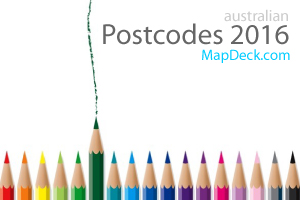Demographic Drapes submitted by NuMaps

Suburban Trends by the Smart Mashups team (the second mashup win for this application!)

I have written about both applications before while reporting on Mashup Australia competition. It is not a surprise that applications focused on thematic mapping using statistics and demographic information came on top. There is a huge demand for such information not only from governments but also from business and private citizens. And even less surprising is that both applications are build on the backbone of Google Maps. Traditionally, such tools could only be created with high end GIS servers and although there is quite a capable server behind all NuMaps drapes/ layers Suburban Trends demonstrates that similar functionality can be achieved with much simpler, non-spatial tools.
The second prize and $10 000 was awarded to Bike Community Hub by the Bikey team and third prize and $5 000 to The School Hall by Jack Zhao:


Prizes were also awarded for ideas in open and school categories. The news is so fresh that the official Apps4NSW site has not been yet updated but I guess more information will appear there soon.
Congratulations to all the winners!








